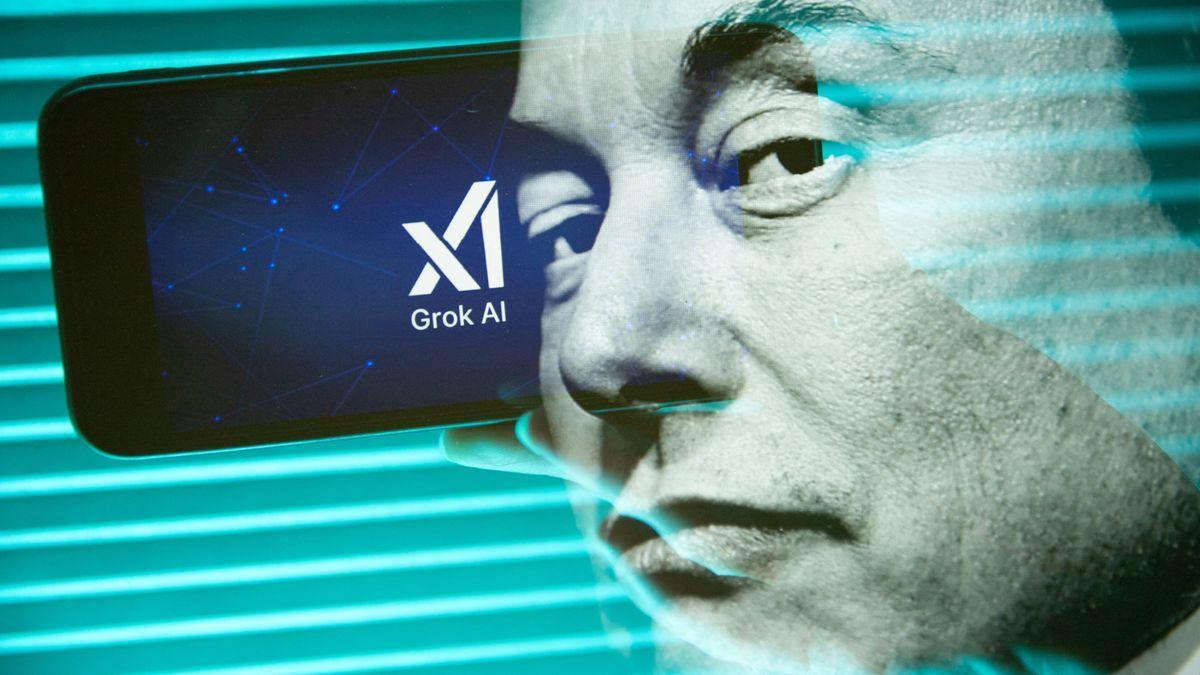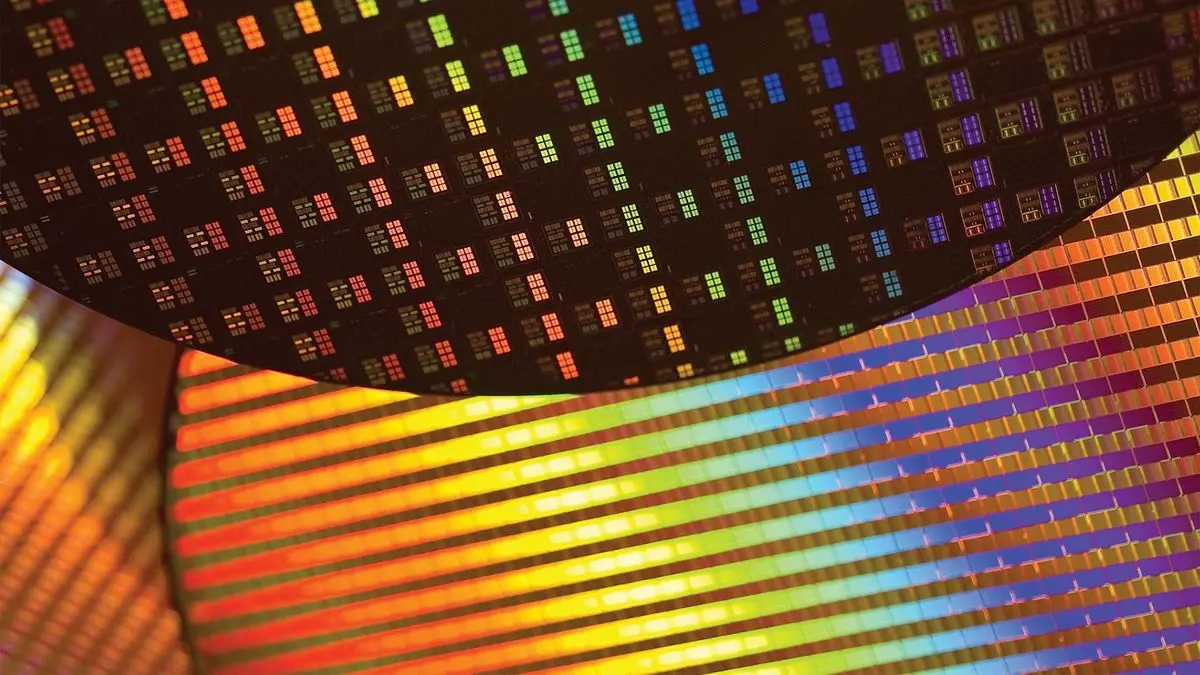AI Breakthrough: New Materials Discovered for Next-Generation Batteries
2 Sources
2 Sources
[1]
AI just found 5 powerful materials that could replace lithium batteries
In research published in Cell Reports Physical Science, the NJIT team led by Professor Dibakar Datta successfully applied generative AI techniques to rapidly discover new porous materials capable of revolutionizing multivalent-ion batteries. These batteries, using abundant elements like magnesium, calcium, aluminum and zinc, offer a promising, cost-effective alternative to lithium-ion batteries, which face global supply challenges and sustainability issues. Unlike traditional lithium-ion batteries, which rely on lithium ions that carry just a single positive charge, multivalent-ion batteries use elements whose ions carry two or even three positive charges. This means multivalent-ion batteries can potentially store significantly more energy, making them highly attractive for future energy storage solutions. However, the larger size and greater electrical charge of multivalent ions make them challenging to accommodate efficiently in battery materials -- an obstacle that the NJIT team's new AI-driven research directly addresses. "One of the biggest hurdles wasn't a lack of promising battery chemistries -- it was the sheer impossibility of testing millions of material combinations," Datta said. "We turned to generative AI as a fast, systematic way to sift through that vast landscape and spot the few structures that could truly make multivalent batteries practical. "This approach allows us to quickly explore thousands of potential candidates, dramatically speeding up the search for more efficient and sustainable alternatives to lithium-ion technology." To overcome these hurdles, the NJIT team developed a novel dual-AI approach: a Crystal Diffusion Variational Autoencoder (CDVAE) and a finely tuned Large Language Model (LLM). Together, these AI tools rapidly explored thousands of new crystal structures, something previously impossible using traditional laboratory experiments. The CDVAE model was trained on vast datasets of known crystal structures, enabling it to propose completely novel materials with diverse structural possibilities. Meanwhile, the LLM was tuned to zero in on materials closest to thermodynamic stability, crucial for practical synthesis. "Our AI tools dramatically accelerated the discovery process, which uncovered five entirely new porous transition metal oxide structures that show remarkable promise," said Datta. "These materials have large, open channels ideal for moving these bulky multivalent ions quickly and safely, a critical breakthrough for next-generation batteries." The team validated their AI-generated structures using quantum mechanical simulations and stability tests, confirming that the materials could indeed be synthesized experimentally and hold great potential for real-world applications. Datta emphasized the broader implications of their AI-driven approach: "This is more than just discovering new battery materials -- it's about establishing a rapid, scalable method to explore any advanced materials, from electronics to clean energy solutions, without extensive trial and error." With these encouraging results, Datta and his colleagues plan to collaborate with experimental labs to synthesize and test their AI-designed materials, pushing the boundaries further towards commercially viable multivalent-ion batteries.
[2]
AI tools identify promising alternatives to lithium-ion batteries for energy storage
Researchers from New Jersey Institute of Technology (NJIT) have used artificial intelligence to tackle a critical problem facing the future of energy storage: finding affordable, sustainable alternatives to lithium-ion batteries. In research published in Cell Reports Physical Science, the NJIT team led by Professor Dibakar Datta successfully applied generative AI techniques to rapidly discover new porous materials capable of revolutionizing multivalent-ion batteries. These batteries, using abundant elements like magnesium, calcium, aluminum and zinc, offer a promising, cost-effective alternative to lithium-ion batteries, which face global supply challenges and sustainability issues. Unlike traditional lithium-ion batteries, which rely on lithium ions that carry just a single positive charge, multivalent-ion batteries use elements whose ions carry two or even three positive charges. This means multivalent-ion batteries can potentially store significantly more energy, making them highly attractive for future energy storage solutions. However, the larger size and greater electrical charge of multivalent ions make them challenging to accommodate efficiently in battery materials -- an obstacle that the NJIT team's new AI-driven research directly addresses. "One of the biggest hurdles wasn't a lack of promising battery chemistries -- it was the sheer impossibility of testing millions of material combinations," Datta said. "We turned to generative AI as a fast, systematic way to sift through that vast landscape and spot the few structures that could truly make multivalent batteries practical. "This approach allows us to quickly explore thousands of potential candidates, dramatically speeding up the search for more efficient and sustainable alternatives to lithium-ion technology." To overcome these hurdles, the NJIT team developed a novel dual-AI approach: a Crystal Diffusion Variational Autoencoder (CDVAE) and a finely tuned Large Language Model (LLM). Together, these AI tools rapidly explored thousands of new crystal structures, something previously impossible using traditional laboratory experiments. The CDVAE model was trained on vast datasets of known crystal structures, enabling it to propose completely novel materials with diverse structural possibilities. Meanwhile, the LLM was tuned to zero in on materials closest to thermodynamic stability, crucial for practical synthesis. "Our AI tools dramatically accelerated the discovery process, which uncovered five entirely new porous transition metal oxide structures that show remarkable promise," said Datta. "These materials have large, open channels ideal for moving these bulky multivalent ions quickly and safely, a critical breakthrough for next-generation batteries." The team validated their AI-generated structures using quantum mechanical simulations and stability tests, confirming that the materials could indeed be synthesized experimentally and hold great potential for real-world applications. Datta emphasized the broader implications of their AI-driven approach: "This is more than just discovering new battery materials -- it's about establishing a rapid, scalable method to explore any advanced materials, from electronics to clean energy solutions, without extensive trial and error." With these encouraging results, Datta and his colleagues plan to collaborate with experimental labs to synthesize and test their AI-designed materials, pushing the boundaries further towards commercially viable multivalent-ion batteries.
Share
Share
Copy Link
Researchers at NJIT use AI to identify five promising materials for multivalent-ion batteries, potentially revolutionizing energy storage technology and offering a sustainable alternative to lithium-ion batteries.
AI-Powered Discovery of Next-Generation Battery Materials
Researchers at the New Jersey Institute of Technology (NJIT) have made a significant breakthrough in the search for alternatives to lithium-ion batteries. Led by Professor Dibakar Datta, the team has successfully employed artificial intelligence (AI) to identify five new materials that could revolutionize energy storage technology
1
.
Source: ScienceDaily
The Challenge of Multivalent-Ion Batteries
The research, published in Cell Reports Physical Science, focuses on multivalent-ion batteries. These batteries use abundant elements such as magnesium, calcium, aluminum, and zinc, which carry two or three positive charges, unlike the single charge of lithium ions. This characteristic allows multivalent-ion batteries to potentially store significantly more energy, making them an attractive option for future energy storage solutions
2
.However, the larger size and greater electrical charge of multivalent ions present challenges in efficiently accommodating them within battery materials. This obstacle has hindered the development of practical multivalent-ion batteries, until now.

Source: Tech Xplore
Innovative Dual-AI Approach
To overcome these hurdles, the NJIT team developed a novel dual-AI approach:
-
Crystal Diffusion Variational Autoencoder (CDVAE): Trained on vast datasets of known crystal structures, this AI tool proposes entirely new materials with diverse structural possibilities.
-
Large Language Model (LLM): Finely tuned to identify materials closest to thermodynamic stability, crucial for practical synthesis.
This AI-driven method allowed the team to rapidly explore thousands of new crystal structures, a task previously impossible using traditional laboratory experiments
1
.Related Stories
Promising Results and Validation
The AI tools accelerated the discovery process, uncovering five entirely new porous transition metal oxide structures that show remarkable promise. These materials feature large, open channels ideal for efficiently moving bulky multivalent ions, a critical breakthrough for next-generation batteries
2
.To ensure the validity of their findings, the team conducted quantum mechanical simulations and stability tests. These tests confirmed that the AI-generated structures could indeed be synthesized experimentally and hold great potential for real-world applications.
Implications and Future Directions
Professor Datta emphasized that this research goes beyond just discovering new battery materials. It establishes a rapid, scalable method to explore advanced materials for various applications, from electronics to clean energy solutions, without extensive trial and error
1
.The NJIT team now plans to collaborate with experimental labs to synthesize and test their AI-designed materials, pushing the boundaries further towards commercially viable multivalent-ion batteries. This research represents a significant step towards more efficient and sustainable alternatives to lithium-ion technology, addressing global supply challenges and sustainability issues in energy storage
2
.References
Summarized by
Navi
Related Stories
AI-Driven Breakthrough in Battery Electrolyte Research Promises Enhanced EV Performance
07 May 2025•Science and Research

AI Supercomputer Revolutionizes Battery Material Discovery
15 Aug 2025•Science and Research

AI and X-ray Vision Unlock Secrets of Zinc-Ion Battery Electrolytes
23 May 2025•Science and Research

Recent Highlights
1
Meta acquires Manus for $2 billion, adding revenue-generating AI agents to its platforms
Business and Economy

2
China proposes world's strictest AI chatbot rules to prevent suicide and emotional manipulation
Policy and Regulation

3
Musk's xAI acquires third building, pushing AI compute capacity to a massive 2 gigawatts
Technology





